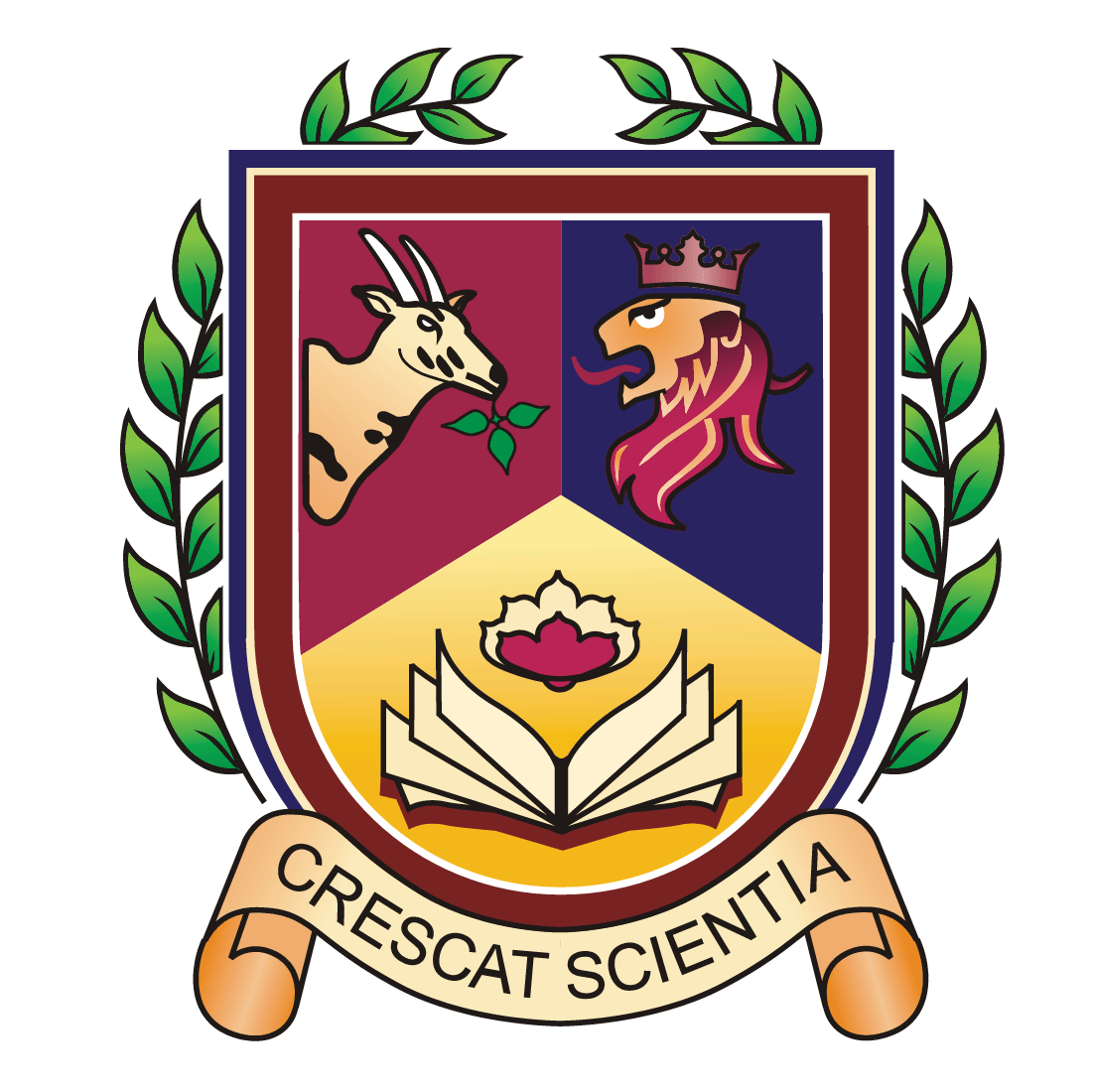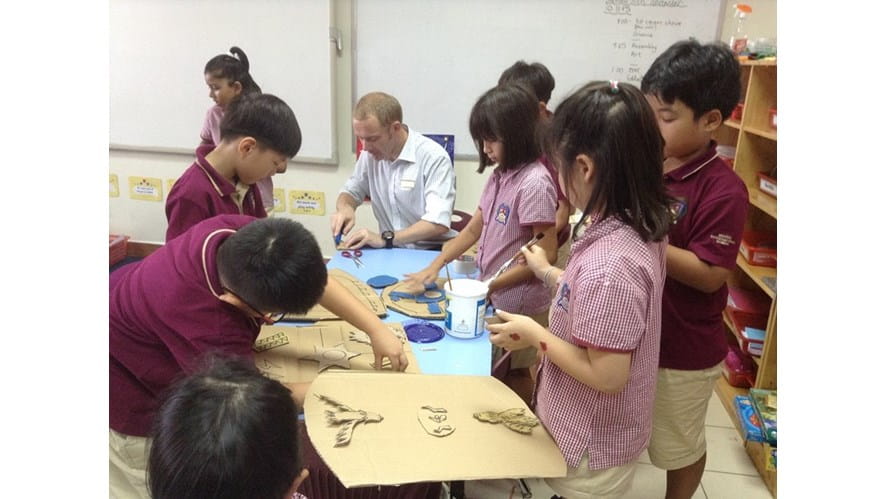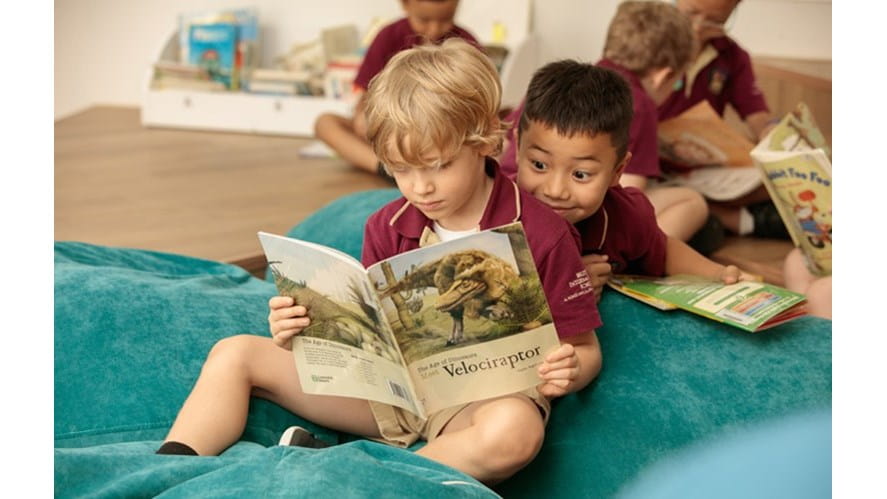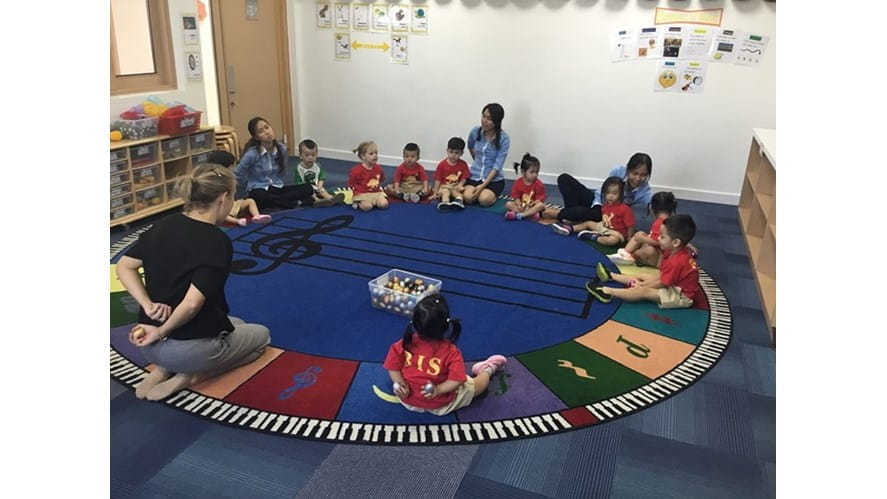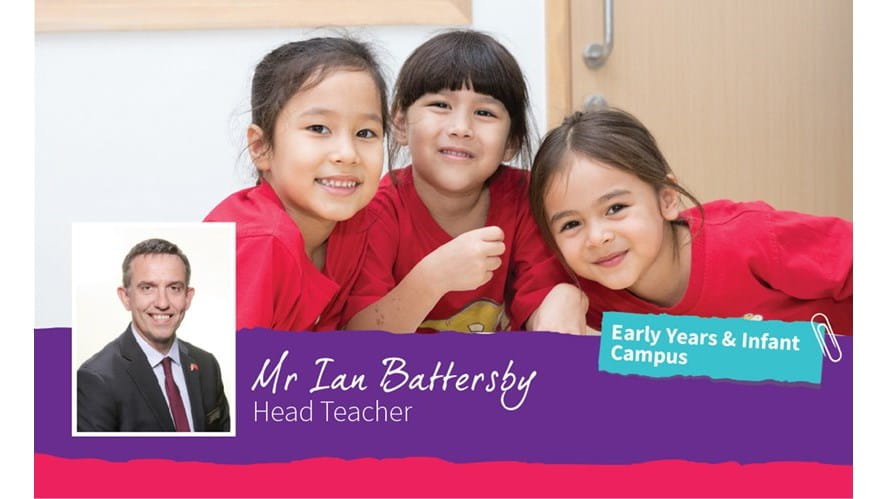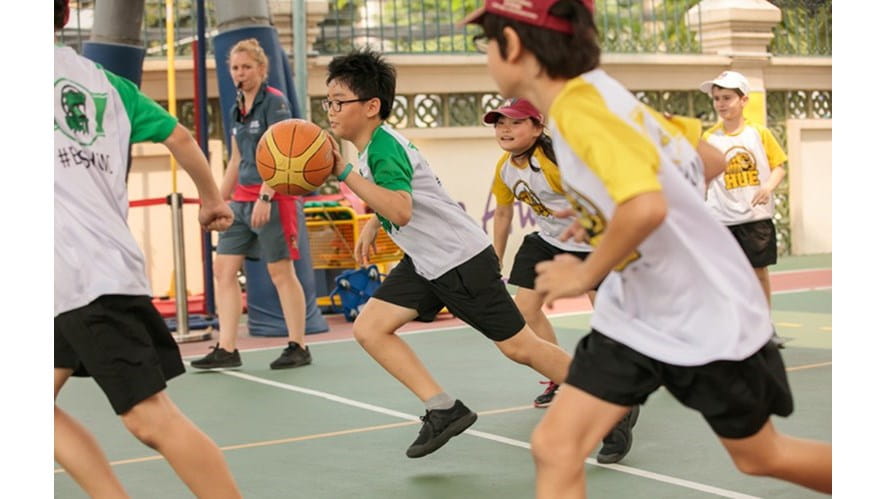Our New Primary Curriculum, Assessment and Reporting Procedures
Over the last 18 months the BIS HCMC Primary Curriculum has undergone a complete review. We have created a bespoke Curriculum, beginning with Early Years in Foundation 1, moving into Year 1 straight through the primary years to the end of Year 9.
Over the last 18 months the BIS HCMC Primary Curriculum has undergone a complete review. We have created a bespoke Curriculum, beginning with Early Years in Foundation 1, moving into Year 1 straight through the primary years to the end of Year 9. The new Year 1 – 9 curriculum draws largely on the 2014 English National Curriculum (ENC) and the International Primary Curriculum (IPC), which we have adapted to make relevant for our international student body.
The curriculum at BIS HCMC is challenging, rigorous and ambitious. It allows teachers to be creative and innovative, who in turn, expect the same from their students. We believe it draws the best from the ENC, marries up the best elements of the IPC and in addition, takes into account our location, student body and our high academic standards and expectations.
In the Early Years Foundation Stage (EYFS), children learn through engaging and practical play-based activities. We practise a child initiated approach where our highly skilled teachers plan activities based on the interests of each child. The curriculum is underpinned by the characteristics of effective learning through; playing and exploring, active learning, creating and thinking critically. With 7 areas of learning, the curriculum is divided into 2 key elements as shown below:
Prime Areas
- Personal, Social, Emotional Development
- Communication and Language
- Physical Development
Specific Areas
- Literacy
- Mathematics
- Understanding the World
- Expressive Arts and Design
Moving from EYFS to Year 1, the transition from EYFS practice has been taken very much into account with Milepost 1 gradually moving from the focus of learning through play to a more primary focused environment. The curriculum is broad and balanced. The children are assessed against Age Related Expectations (AREs) at the end of each academic year, all the way to Year 9, allowing for a smooth transition between primary and secondary. The AREs are based on the ENC, IPC and the BIS student achievements. Each child is given an attainment band as shown in the table below. These attainment bands will now be included on the reports that parents receive during the year from F1 to Year 9.
|
Attainment Band
|
Explanation of Attainment
|
|
Support
|
The child needs some support to access the year group curriculum.
|
|
Developing
|
The child is beginning to access the year group curriculum with some independence but needs some support.
|
|
Meeting
|
The child can access the year group curriculum for the most part independently and is meeting the age related expectations.
|
|
Exceeding
|
The child is working beyond the age related expectations for the most part.
|
Children will move between these attainment bands depending on the time of year, the subject and sometimes the strand within a subject. Children rarely move in a forward trajectory all the time and we would expect some dips and plateaus along their learning journey.
Children’s effort and progress will also be included in the reports alongside the child’s attainment. The effort grades remain the same as in previous years moving from 1 star (*) to 4 stars (****) depending on how much effort they apply to the subject. In terms of progress, this will be measured against where the child finished at the end of the previous reporting cycle. A child could be making ‘higher than expected’ progress and be ‘developing’ if their previous attainment was ‘support’. This is something to be celebrated as it means the child has worked hard to achieve more than was expected.
Alongside the attainment bands, there will be a comment from the teacher on your child’s learning and development in the classroom and as in previous years, part of the reporting procedures will include Personal and Social comments as we believe this has just as much importance as reporting on the academic progress and attainment of a child.
The new reports will be issued to all parents in December this year. Should you have any comments or questions, please do raise them with your class teacher who will be happy to talk through your child’s report with you. Parents will also be invited to a Parent, Teacher and Student consultation (PTSC) in Term 2 to discuss the learning and development in more detail.
This revised curriculum, assessment and reporting process will help you to better understand how your child is doing in school and how you can support them at home.
Dee Grimshaw and Mary McAloon, Deputy Head Teachers Primary


